By: John Guth
Have you ever pulled an income statement (also called a “profit and loss”) from your accounting software system and noticed that the number for “Net Income” doesn’t match the cash you know you made (or lost) during the period? Why is that?
It’s because the “net income” (also called “net profit”) earned by your business is not a measure of the “cash flow” generated by your business. Understanding the difference between the two is vital for business owners.
Here’s the accounting world’s Dirty Little Secret: The accounting world isn’t there for your business. It’s there for accountants! Accountants have adopted a number of conventions for recording business transactions and preparing financial statements. These conventions are designed to provide information that is objective, consistent and comparable for all types of business structures. Unfortunately, there is a trade-off. The statements produce information in a form suitable for reporting to the IRS, but often not suitable for analysis, planning and decision making within a business. It is therefore critical for the business owner to understand the limitations created by the accounting conventions.
By way of example, let’s look at the income statement: It is designed as a summary of the transactions that produced sales revenue and operating expenses, and not thecash flow for the period. This is because an accountant’s concept of revenue and expense focuses on the inflow and outflow of what’s called “value”, not the inflow and outflow of cash.
The “profit” reflected on a P&L is really an accounting concept measured as the difference between two other accounting concepts: revenue and expense. So-called “profit” is a good long term indicator of a company’s financial performance. And, over the long run a firm’s level of profit and cash flow will closely correlate. But the problem is that in the very important short-run, owners must be acutely aware of the difference that may exist between the amount of profit or loss as reflected on the P&L, and the level of cash available for use.
It comes down to this: Actual cash flow from operations (usually) involves items from both the income statement and balance sheet. In other words, the financial statements generated from the accountancy world usually do not help the business owner identify the most critical aspect of financial management: the cash flow.
Your accounting professional can assist you in determining your business’s cash flow. It may prove to be an important exercise for you to take.













